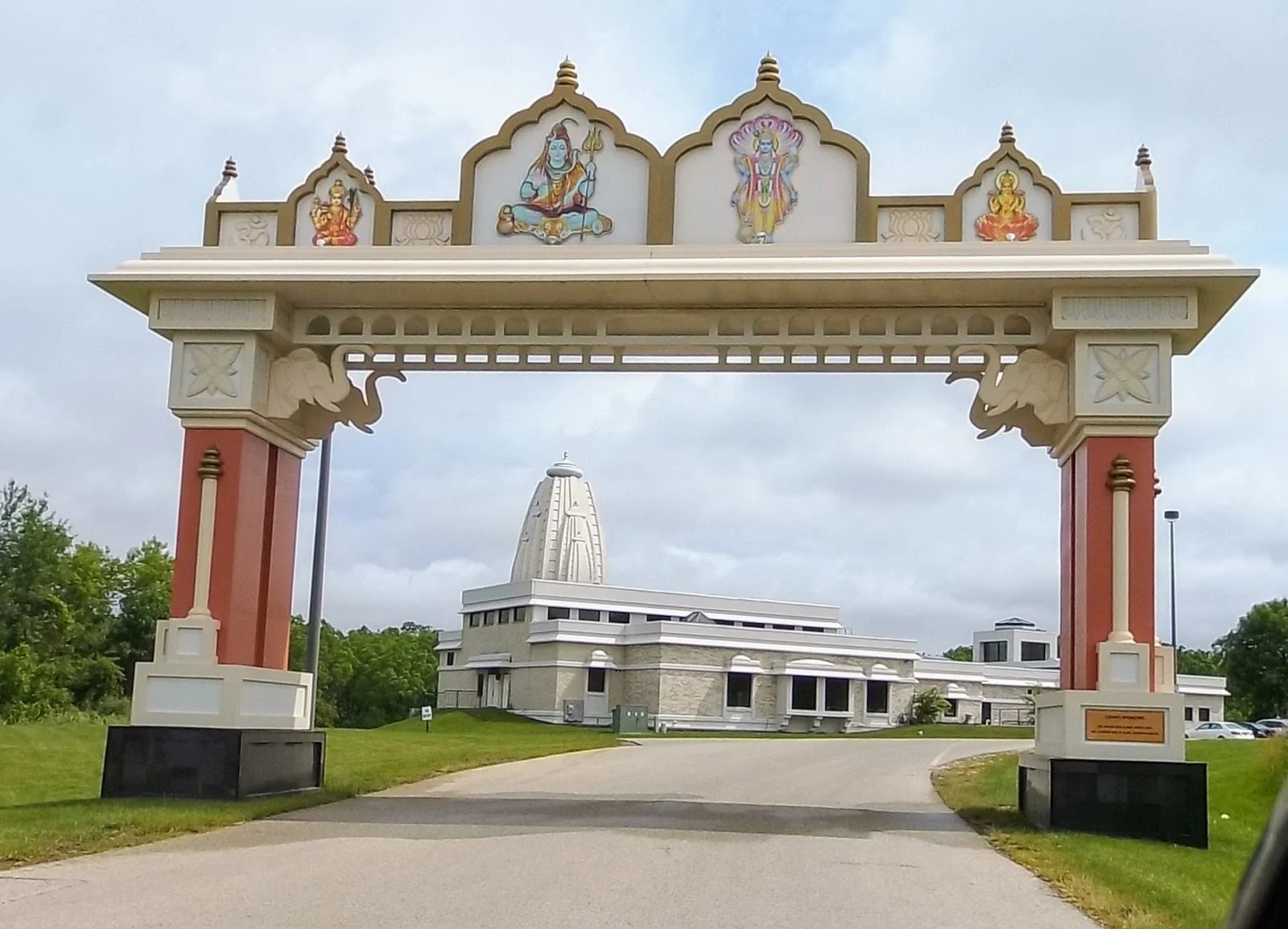October 2022 Interfaith News Roundup
by Paul Chaffee
Religion & Governance
Brazil holds a presidential election this week. The campaign has been a religious battle-royal between leftist former president Luiz Inacio Lula da Silva, a Protestant, and current president Jair Bolsonaro, a far-right Catholic. Up for grabs? Thirty percent of Brazil’s population today is Evangelical. Bolsonaro assigned his wife to make the case that Lula is from the “underworld” and “overtaken by demons.” Lula responded by saying, “If anyone is possessed by the devil, it’s this Bolsonaro.” See this week’s news to see who prevailed.
Rev. Sun Myung Moon – Photo: Wikipedia
The Unification Church, founded by Sun Myung Moon in 1954, has made a habit of cozying up to powerful, conservative religious and political leaders, the world over. In Japan they seem to have been particularly successful. Prime Minister Shinzo Abe’s assassination three months ago was inspired by his support of the Unification Church. This led Japan’s ruling Liberal Democratic Party to purge seven Cabinet officers who have supported the church. Now it turns out that dozens of LDP members, more than half of them, have been involved with the church, creating considerable political turmoil these days.
Empowering a Climate Agenda
Flood, fire, and draught these days are rapidly diminishing the climate-change deniers among us, a modest improvement at a time when the horrifying consequences of humankind’s neglect are coming true. Still, there is good news. Last month The Deseret News in Salt Lake City published an extended essay on how religions are beginning to work together to move from dialog to activism regarding climate change.
Garden by the Bay, Singapore – Photo: Victor, Unsplash
A recent International Conference on Cohesive Societies in Singapore featured a panel on “How diversity can be harnessed for the common good.” Social justice and peace-building collaboration were featured. The main subject though? Religions working together regarding climate change.
The National Association of Evangelicals has published a nearly 50 page report titled “Loving the Least of These,” which begins by suggesting that protecting the environment is a biblical mandate. It presents the science, but leans into the consequences on the ground in stories from those already suffering climate change. Over the past ten years, Young Evangelicals for Climate Action have become a robust force taking on the tough task of convincing fellow evangelicals that the changes are real and that fossil fuels are the primary cause.
Education – What Works, and What Doesn’t
Hundreds of American colleges and universities have developed interfaith chaplaincies and programs, many including leadership development. Sandra Whitehead takes a deep dive into what has happened at one university, a remarkable tale motivated by 9/11, titled “UW-Madison Interfaith Fellows Shape Campus Culture and Each Other.”
A New York Times headline on September 11 reads “In Hasidic Enclaves, Failing Private Schools, Flush with Public Money,” the start of a blistering four-page takedown of New York’s Hasidic Jewish schools along with a profile of the murky relations between Hasidic leaders and local and statewide officials. Two days later Religious News Service responded with “What the New York Times Story about Hasidic Schools Misses” by Rabbi Avi Shafran, an extended essay that soundly rebuts much of the Times story. That same day, September 13, Religious News Service published another story titled “The Scandal of Hasidic Education – A Cry from the Heart” by Rabbi Jeffrey Salkin. He concurs with much of the NYT critique, commending the Times for publishing the story in Yiddish as well as English, all the while sharing his love for Hasidism and hope for its transformation.
Adding to the stress at Hasidic institutions last month came the court judgment that New York Hasidic schools, which receive public funding, could not forbid the formation of a LGBTQ club. The schools immediately suspended all campus-affiliated clubs.
Recently Texas passed a law that the sign “In God We Trust” must be posted in all public schools. A North Texas school district has obeyed the law but turned down a request from local Muslims to post the same sign in Arabic. So diversity takes another hit. Of course, had Arabic been granted, would Chinese, Hindu, and others be far behind? Lost in all this: a teachable moment about how we differ, the values we share, and appreciating each other.
Hindu Temple of Wisconsin in Pewaukee, WI – Photo: David Shapiro, Inspirock
A splendid rejoinder to the Boeberts of the world comes from the village of Pewaukee, in Wisconsin. Pewaukee has a history of providing “space to call your own” to all immigrants. Over the past 20 years three Hindu and one Jain congregation have built sanctuaries there, being four of the 1,430 Hindu and Jain temples across the country serving two million South Asians living in this country. Today the beautiful village of Pewaukee is thriving.
I was startled and then intrigued by an article titled “The Future of Religion in the Metaverse.” With computers, the pandemic, and Zoom, we’ve learned to become comfortable in virtual contexts. Putting on some headgear and entering a virtual world is a huge step forward into an environment that is being meticulously explored by universities, corporations, and a host of folks with the digital capacity. What is worship like in a completely virtual environment?
Around the Globe
Queen Elizabeth II, vowed to be Defender of the Faith, that is, the Church of England. Her son King Charles III has made a similar oath, but with the additional commitment to defend members of all faiths. He has said “… it’s always seemed to me that, while at the same time being Defender of the Faith, you can also be protector of faiths.” In his first public audience, King Charles met with an interfaith group of 30 religious leaders.”
“Faiths and Beliefs in Dialogue” was the theme last month at Barcelona’s seventh Night of Religion, the annual two-day festival that celebrates interfaith relationship and culture. The weekend celebration featured more than 50 lectures, workshops, concerts, and tours involving dozens of diverse religious institutions. As far as this reader knows, it is the only municipally sponsored annual interfaith festival in the Western world.
This past spring Saudi Arabia sponsored a high-level interfaith conference. It was criticized by conservative Arab religious leaders as well as progressives in the West who think that Arabia, given its current leader, should be altogether boycotted. Rabbi Rosen, the distinguished interfaith leader from Israel, surveys the event and explains why he chose to participate.
Can you name a country that currently and historically has actively championed interethnic and interfaith peace and justice? A clue: it is in Central Asia. Go to the front of the class if you said “Kazakhstan.”
The fact that Pope Francis travelled to Kazakhstan for its triennial international interfaith gathering garnered considerably more media attention than the annual event has received in the West in recent years. The failure of Russian Orthodox Patriarch Kirill to attend was a disappointment.
Tarunjit Singh Butalia, executive director of Religions for Peace USA, has written a book titled My Journey Home: Going Back to Lehnda Punjab. It tells the story of his Sikh family during the India-Pakistan partition, “a period of marked madness, massacres and lifelong misery,” and of Butalia’s poignant return to his childhood home. It is a testimony to the goodness of the human heart in the midst of a nightmare.
Happy Endings
Veteran Richard McKinney, returning from Afghanistan with a hatred of Muslims, scouted a Muncie, Indiana, mosque in preparation for destroying it. He was greeted with friendship, he was transformed, and now is a faithful Muslim. A You Tube documentary, “Stranger at the Gate,” tells the story.
Interfaith America Magazine, a publication of Interfaith America (formerly the Interfaith Youth Core) is a major new resource to interfaith community. Recently they profiled seven columnists for the publication, indicating the ambitious scope of their work. Must readying if interfaith is your passion. Bonus: it’s free.
Header Photo: Nur-Sultan, Kazakhstan, Unsplash





